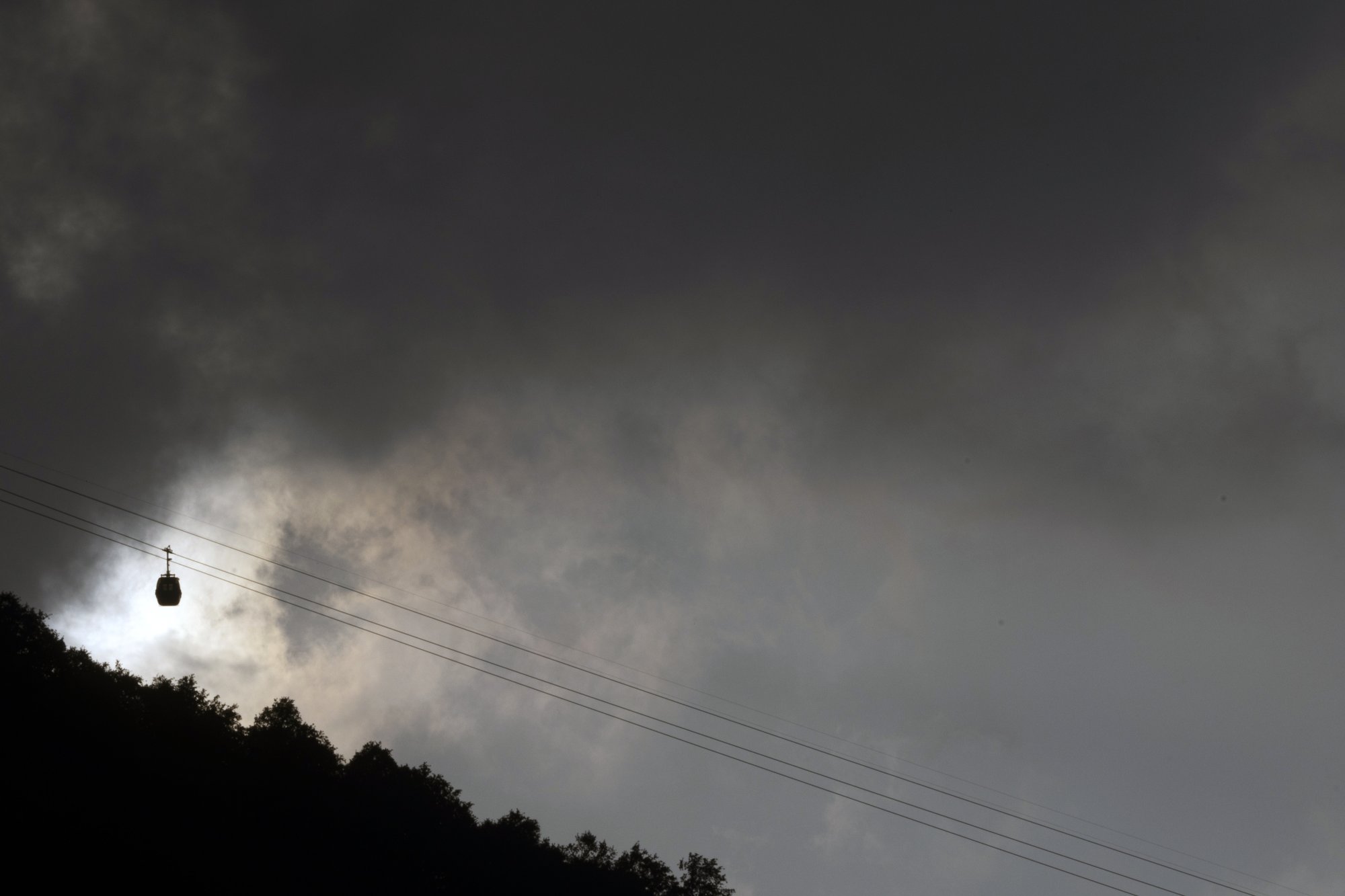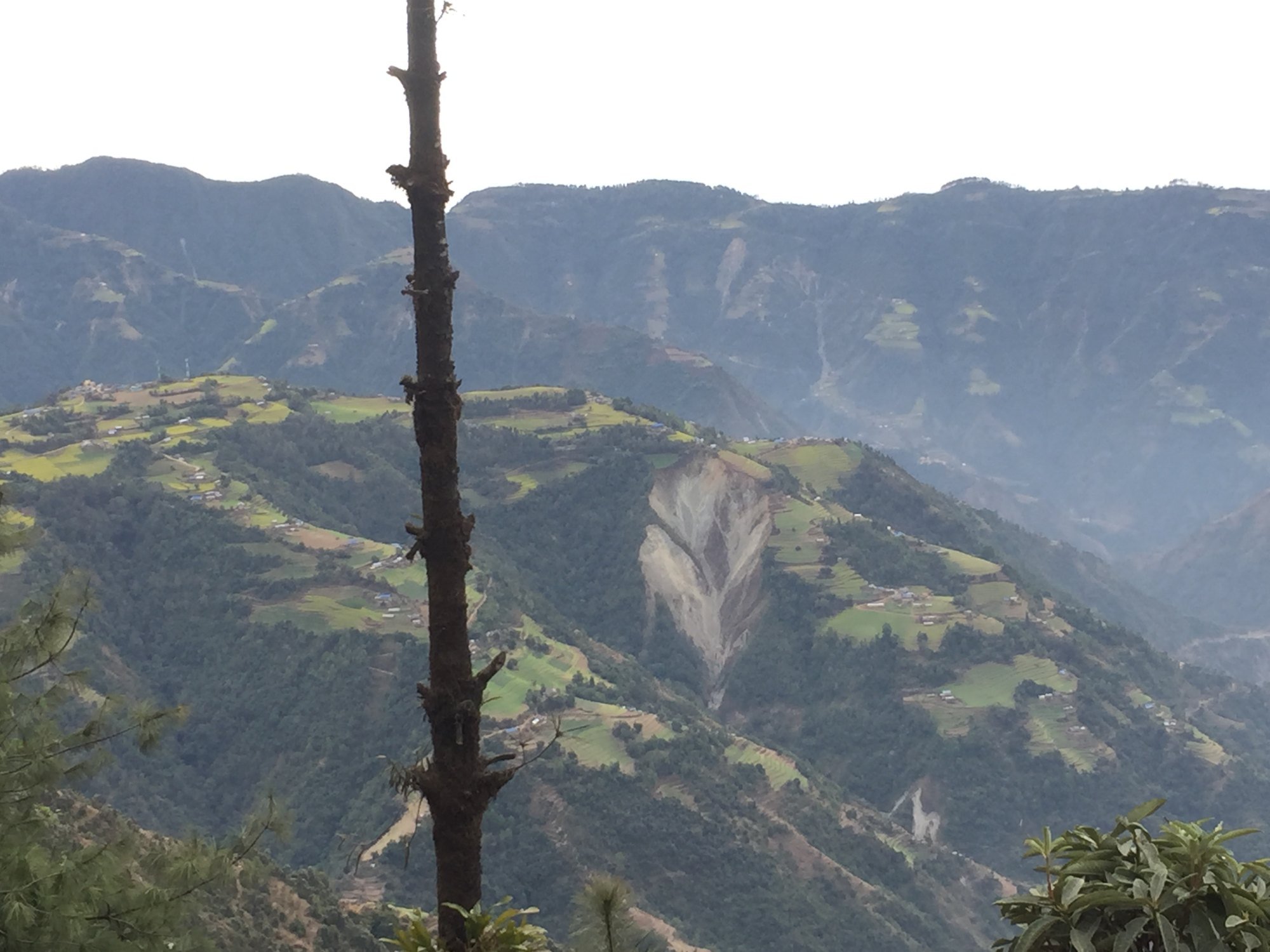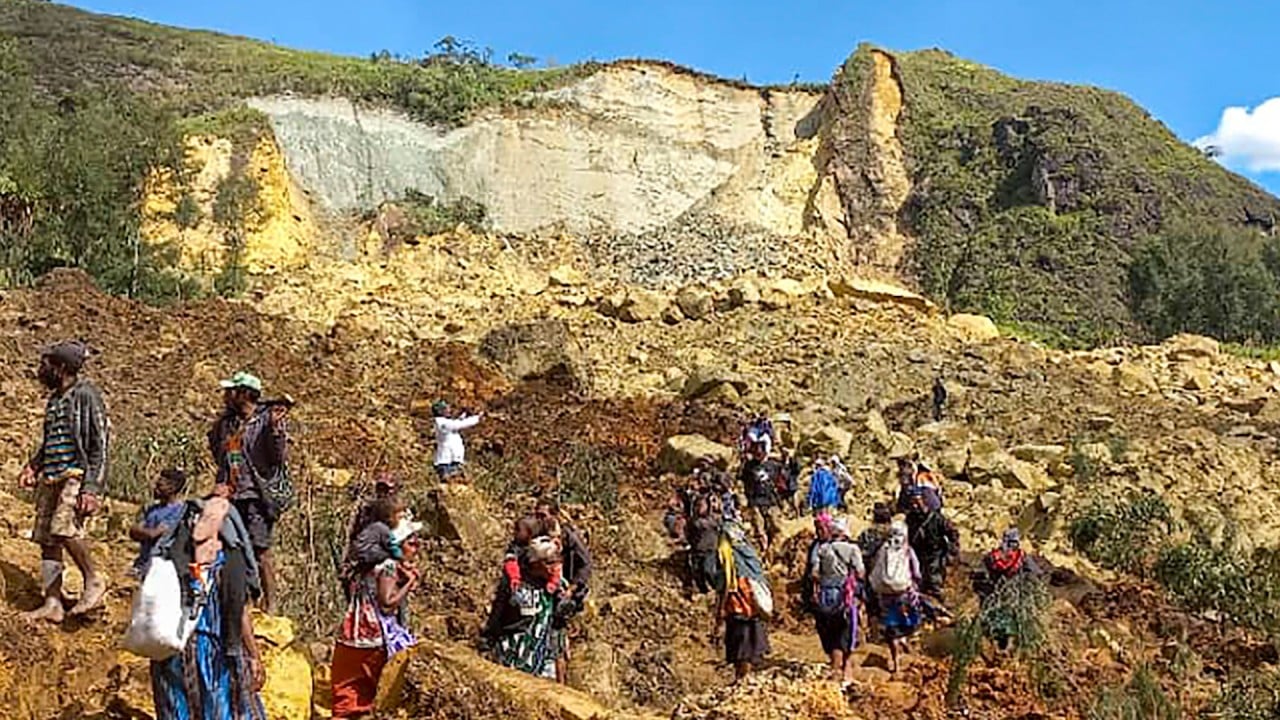Nepal’s mountainous terrain, precarious slopes, and seismic vulnerabilities converge to make it a global hotspot for landslides, resulting in one of the world’s highest per capita death tolls from these disasters, which are commonly triggered by monsoon rainfall.
The Himalayan nation recorded 2,419 landslides between 2018 and last year, claiming 805 lives – more than any other natural hazards over those five years, according to government data, surpassing both fire and lightning.

Meteorologists have forecast heavier-than-average rains for this year’s monsoon season, which usually lasts from June to September in Nepal, increasing the risk of landslides.
SAFE-RISCCS uses satellite images of Earth and a new open-access AI tool developed at the University of Melbourne to analyse and monitor rainfall data and ground motion patterns in order to forecast landslide risks.
“The key is to leverage freely accessible space satellite data on rainfall and ground motion since these can deliver measurements on ground conditions without the need for site access,” she said.
Nepal has made progress with advanced warnings for floods, which helped mitigate loss of life and livelihoods during the 2021 Melamchi flood. But early warning systems for landslides remain limited, though efforts are under way to deploy them in high-risk areas.
A landslide early warning system is an immediate solution to save lives
Researchers installed basic warning systems to monitor rainfall, soil moisture, and ground displacement, triggering sirens when predetermined thresholds were crossed.
Prakash Singh Thapa, an undersecretary at the division, said the pilot system had proved so effective that it was subsequently deployed in two other villages in the districts of Lalitpur and Ramechap.
The latest system installations feature more advanced instruments, delivering accurate real-time data during critical events, he said, adding that plans were in place to scale the project to additional regions.
“In a low-income country like Nepal, it takes time to build engineering structures to prevent landslides due to budget constraints,” Thapa said. “So a landslide early warning system is an immediate solution to save lives.”
The Hindu Kush Himalayan region – spanning eight countries including Nepal, China and India – has seen increased extreme weather events in recent years due to climate change.
Early warning systems “offer a critical line of defence” against natural disasters, according to Vijay Ratan Khadgi, from the disaster risk reduction intervention team at the Kathmandu-based International Centre for Integrated Mountain Development.
“Early warning systems play a crucial role in minimising the devastating impacts of floods, landslides, and glacial lake outburst floods across the Hindu Kush Himalayan region,” he said. “The use of artificial intelligence, machine learning and other modelling tools can aid in the development of predictions with great accuracy.”

AI is capable of enhancing Nepal’s existing forecasting system to better predict landslides, but the government should engage scientists and universities to expand research, build an institutional knowledge base and enable knowledge transfer, said Basanta Raj Adhikari, director of the Centre for Disaster Studies at the Institute of Engineering in Kathmandu and member of the SAFE-RISCCS research team in Nepal.
“We are developing science for the people,” he said. “Nepal’s government must bring together the technology and human resources – and we have both – to make the best use to save more lives.”
Tordesillas said that challenges persist despite advanced systems like SAFE-RISCCS, as landslide susceptibility depends on many factors requiring reliable, up-to-date data.
Obtaining such information can be difficult, with inadequate infrastructure like sparse communications and meteorological networks hampering timely data collection and dissemination.
“There also needs to be political will and commitment to prioritise disaster risk reduction and invest in early warning systems,” Tordesillas said. “Addressing these challenges requires coordinated efforts at the local, national and international levels from diverse groups.”


